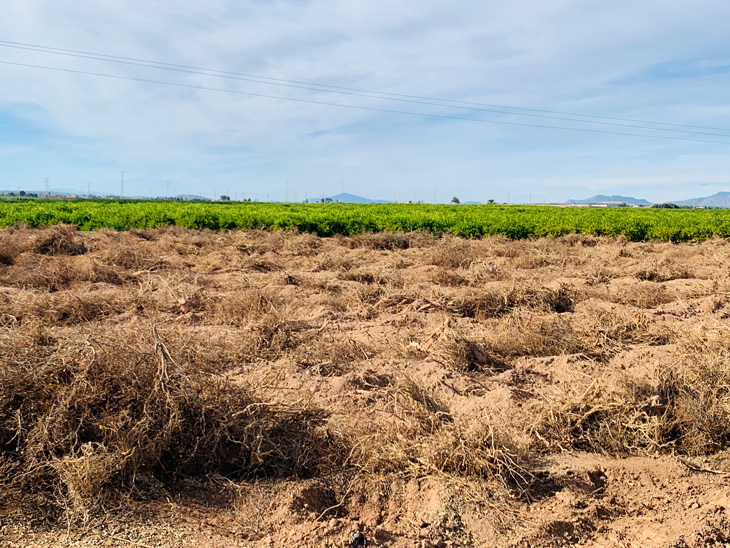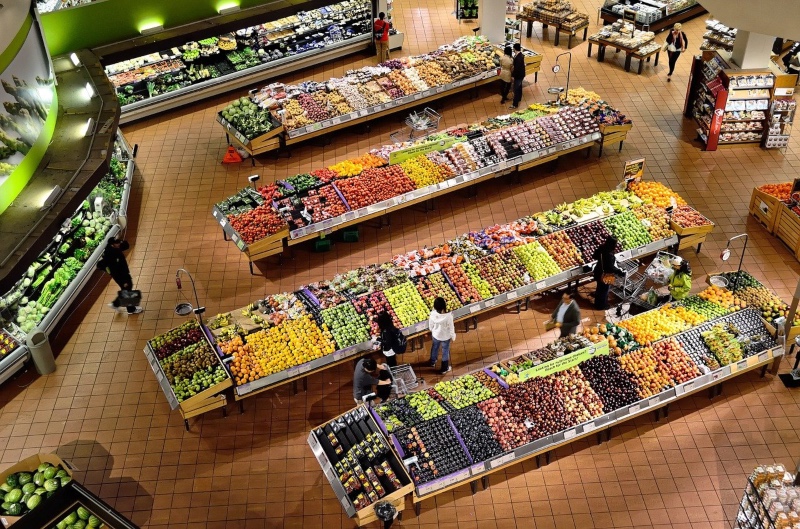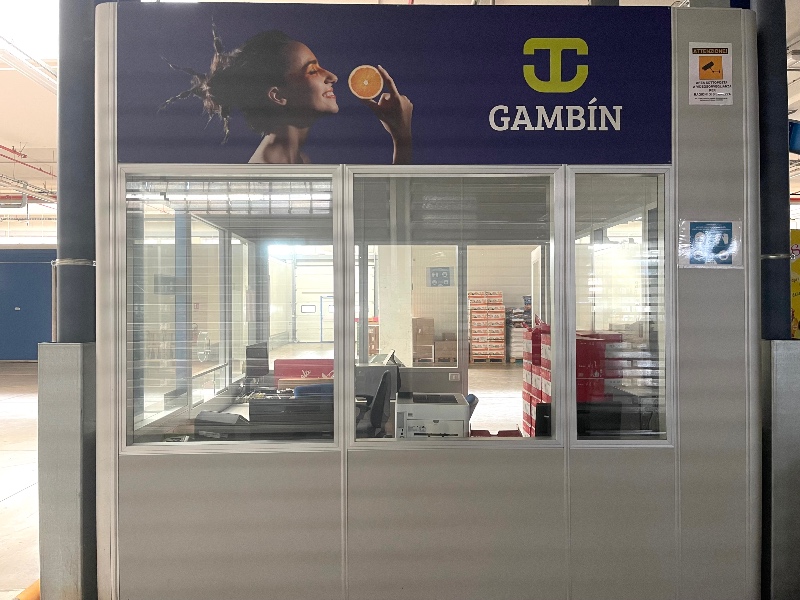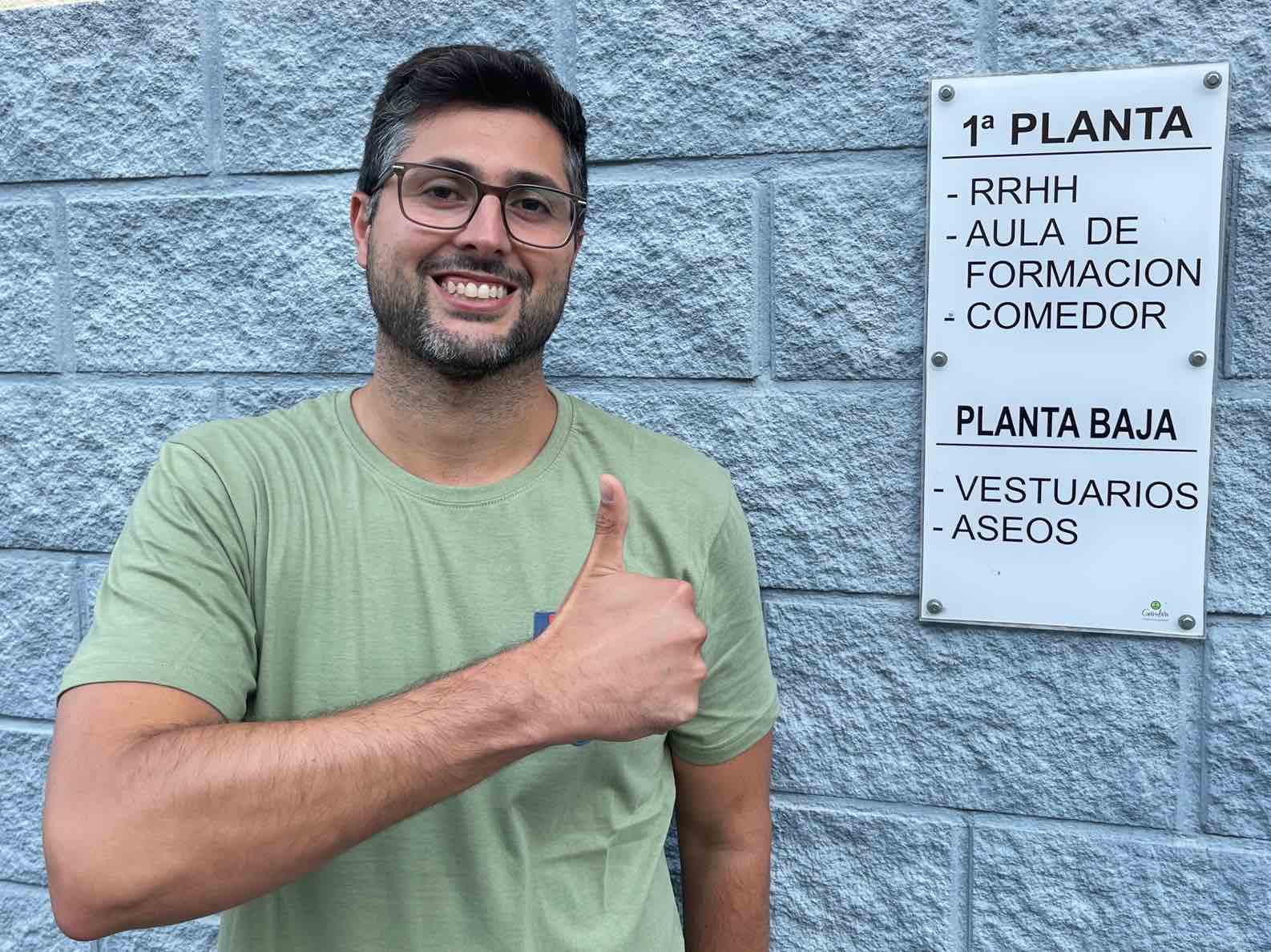
10,000 new high performance lemon trees for GAMBÍN
GAMBÍN is assuming an important renewal of its farming grounds as it is planting 10,000 new lemon trees. A commitment to maintain the highest quality and production level of our crops, while enhancing resources and sustainability.
During 2019 and 2020, we will continue to bet on the regeneration of lemon plantations of Fino and Verna variety inserted on Macrophylla feet.
But how do you insert to obtain high quality citrus fruits?
“Inserting” is a cultivation technique based on the vegetable union of two plants: pattern and variety. With the insertion it is possible to maintain the characteristics of the desired variety with the possibility of choosing a pattern with a root system according to the soil conditions of the area.
The pattern is the basis of the tree, which influences the agricultural behaviour of varieties according to the different environmental and terrain conditions, it also improves the resistance of implanted varieties from a pathological point of view.
Meanwhile, the implant maintains the characteristics of its fruit, such as: crop cycle, yield, productivity, morphology and quality, etc.
Through plant selection genetics are improved, as we work to obtain the best economic results on our farms.
Regarding the pattern, “citrus Macrophylla” constitutes the majority of rooted trees, representing more than 90% of the total Spanish lemon plantations. This is due, amongst other reasons, to its tolerance to active limestone and salinity, common characteristics in the soil of the GAMBÍN cultivation area (Murcia and south of the province of Alicante). In addition to a wholesome development and the vigour of the tree, it combines also a rapid maturation process and a great productivity rate. The use of other patterns can be classified as non-existent, with less than 10% planted bitter orange roots and a 0.25% of “citrus Volkameriana” planted in the area.
When talking about varieties, in recent years the most cultivated ones can be divided into two groups according to the time of harvesting. There are those who are collected in autumn-winter: Fino and Eureka, and those who are harvested in spring-summer time: that would be Verna. In the Fino group, following sub varieties can be singled out: Fino 49 and Fino 95. In the Verna group, the most interesting sub species are: Verna 50, Verna 51 and Verna 62 (currently Verna 51).
More efficient trees for quality citrus.
For these reasons, the choices of GAMBÍN in terms of varieties are not accidental. The Region of Murcia and the province of Alicante concentrate almost 90% of the national lemon production due to the soil conditions of this area. Due to the high content of active limestone in our soils as well as the salinity and electrical conductivity of the water coming from wells and desalination, the choice of the pattern in use is also clear.
Considering that from the second year onwards trees begin to bear fruit, they are considered adults and at their maximum performance after their sixth year of planting. Nowadays, the forecast for the next years is that the average standardized fruit yield will be of 45,000kg/Ha for Fino 95, and 35,000kg/Ha for Verna on Macrophylla trees.
This is yet again a unquestionable move for GAMBÍN, as the company wants to guarantee the daily supply of the best citrus to its customers both on national and international markets.







